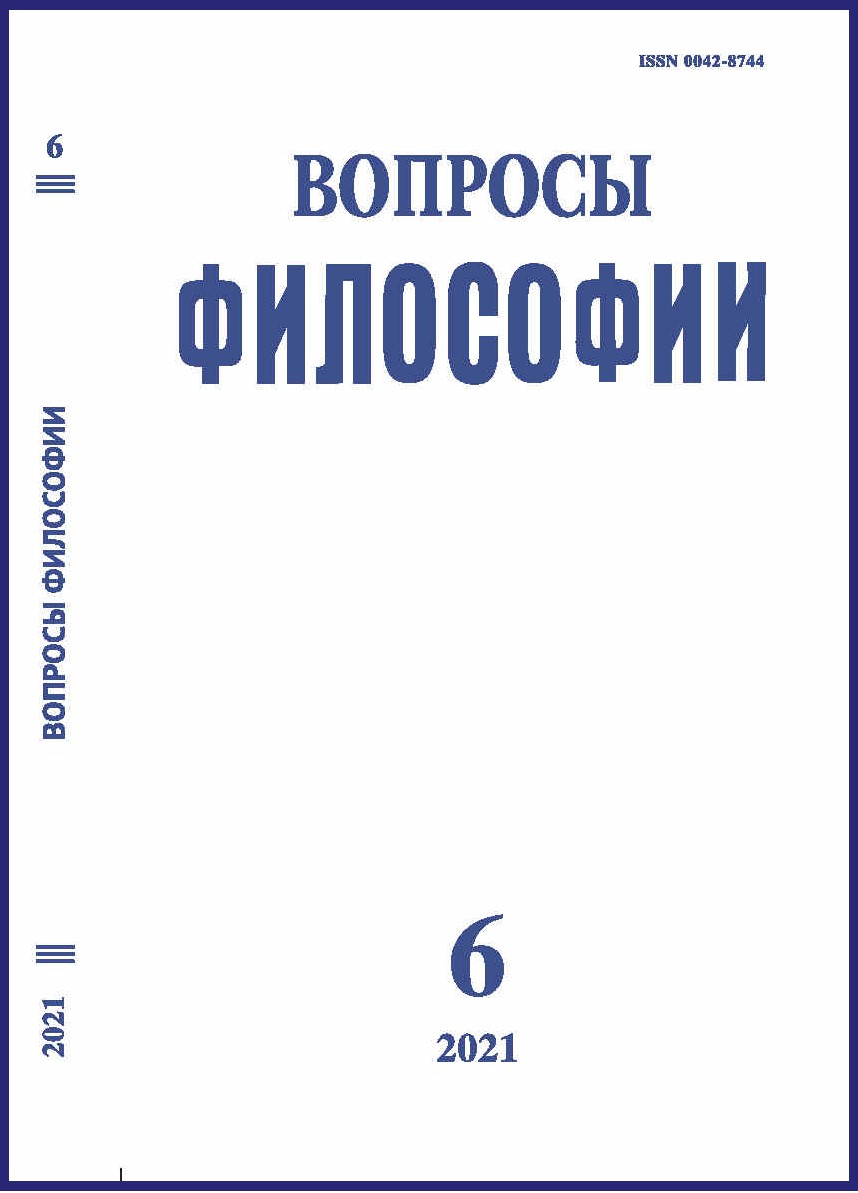Demographic Explosions in Tokugawa and Meiji Japan and Their Historical Consequences
DOI:
https://doi.org/10.21146/0042-8744-2021-6-181-191Keywords:
Japan, population boom, Tokugawa and Meiji periods, picture of the worldAbstract
Japan has experienced two long-lasting population booms over the past four centuries. The first dates from the 17th century, the other – the second half of the Meiji period (1868–1912). Their historical and social consequences turned out to be completely different – due to the fact that these periods had cardinal differences in the picture of the world. During the era of the Tokugawa shogunate (1603–1867), Japan was a closed country, and the mental constructs of this time were not designed for “development”, “progress” and expansion. The ideal was the absence of change in any area of life. All problems were solved exclusively with the help of internal resources. As for the Meiji picture of the world, the idea of “progress” and “development” was embedded in it, and the country's entry to the “world” culture and civilization made it possible and even necessary to find ways to solve problems due to an external factor – migration and expansion.

